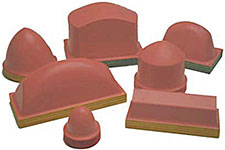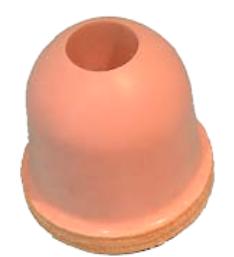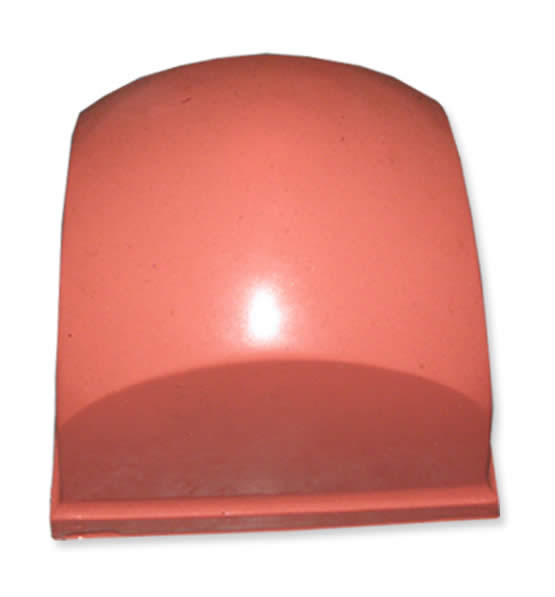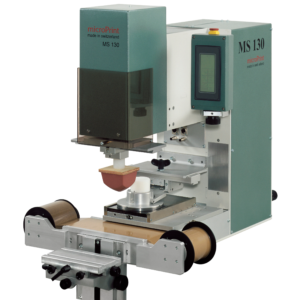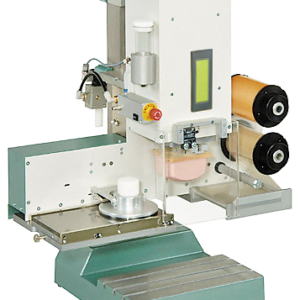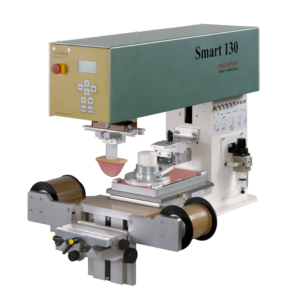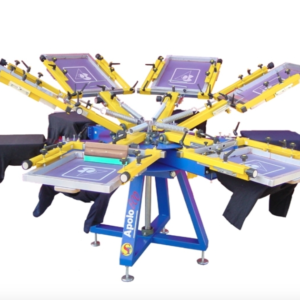Product Description
A pad is made of a selected mixture of silicone and silicone oil. The silicone oil is added to the silicone mass depending on the desired degree of hardness. In order to differentiate between the various hardness classes, the pads are coloured with silicone colour.
Only these silicon pads made today make pad print possible. The deep surface tension of the sili- cone, precisely on the border between ink up-take and ink rejection, depending on the degree of dry- ness of the ink, allows the excellent colour transfer. A silicone pad should meet the following specifi- cations:
- High mechanical resistance
- Good deflection of static charges
- Stabile surface tension
- Brilliant surface
The silicone oil plays a vital role for the surface tension. After approx. a year, however, it evaporated from the pad, the surface tension increases and the ink transfer is not as good.
A pad only transfers the ink at 100% if is it optimally adjusted. Usually a thin ink film stays back on the pad. By operating the machine at a slower pace or by blowing air on the pad the ink pad can be influenced.
Selecting the pad shape depends on the size and type of the print image and the form of the print object. In this way a flat pad might not transfer enough ink. Ink hole would come to be. A flat pad has also embedded air and therefore places with any ink contact.
The ideal pad form for even surfaces is round.
It is interesting to know that a „roll angle“ of a pad is independent of its form on the print surface is almost always nearly a straight line. The curve form, steep or not so steep, influences only the angle of this straight line.
For smooth printing the roll angle is usually between 20 and 50°
The tip of the pad is of outmost importance. This is a difficult zone, especially for full surface prints without grids. If you cannot move the tip to an ink-free surface, a pad with a medium roll angle and a pointy tip should be used. For a pad which is too flat, the roll angle would be too small. Hole would arise. For a pad which is too point, the print at the tip would be too big. This print would displace the ink in a full surface print. Irregular ink application would be the result.

